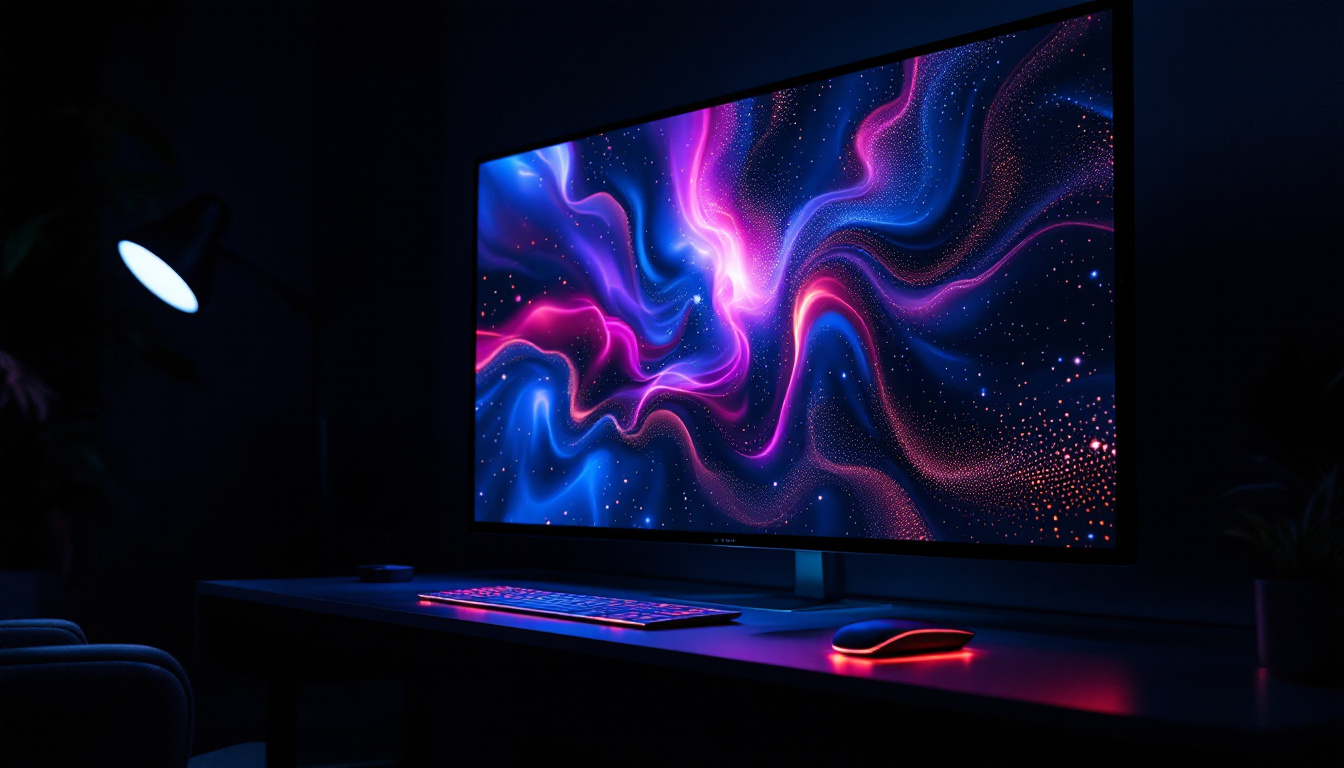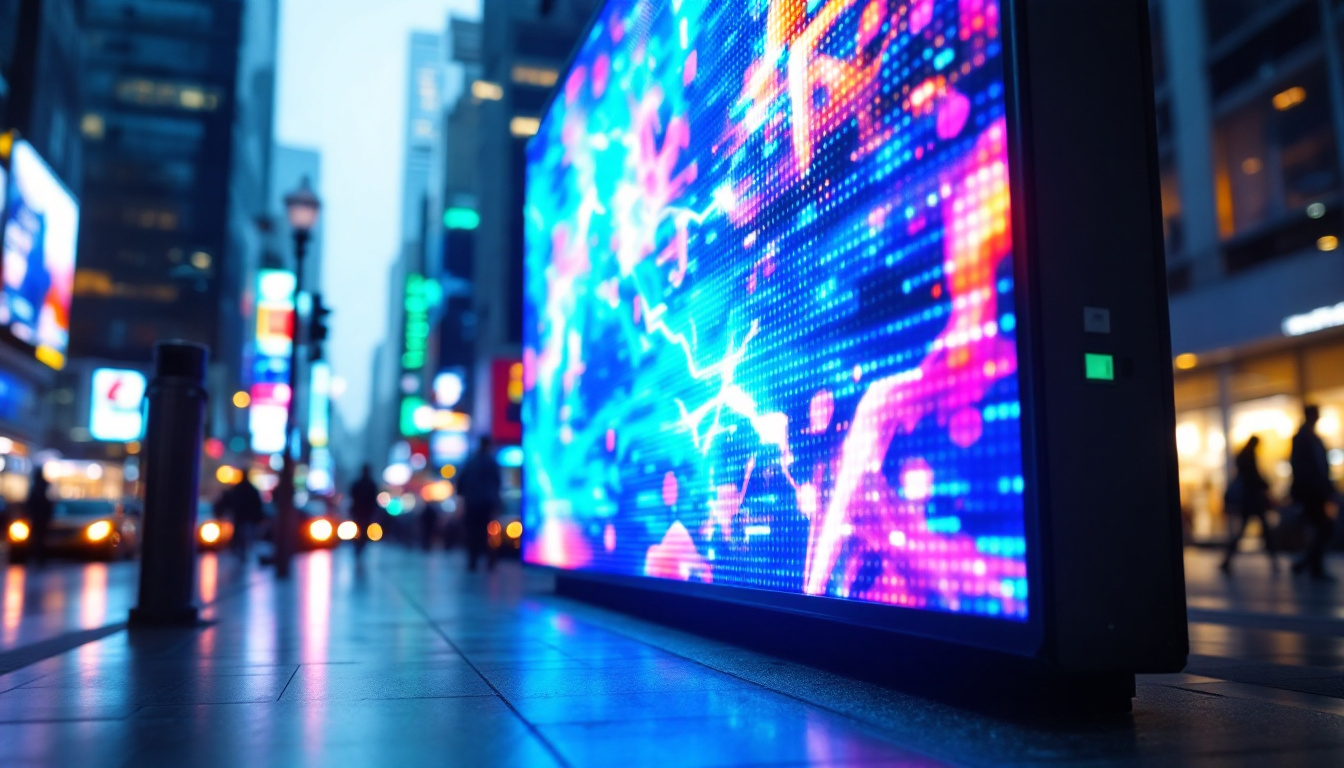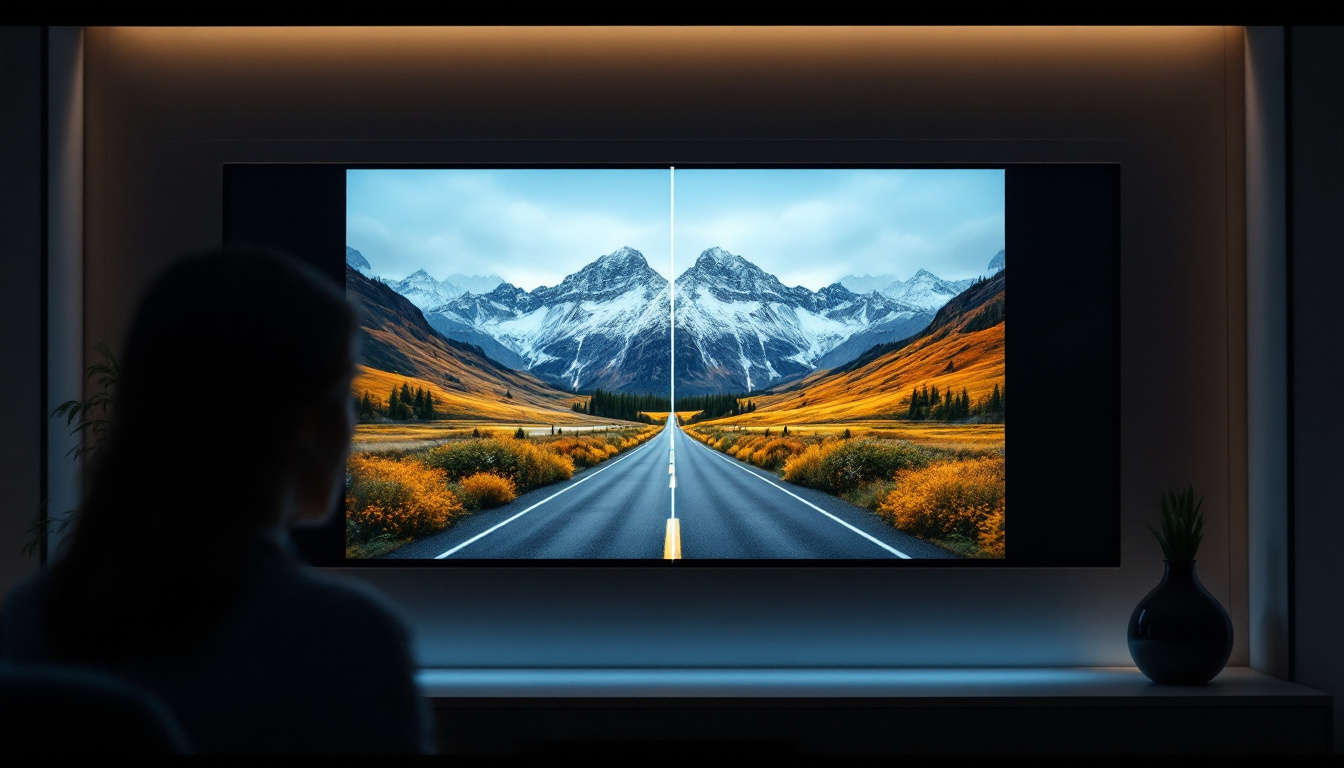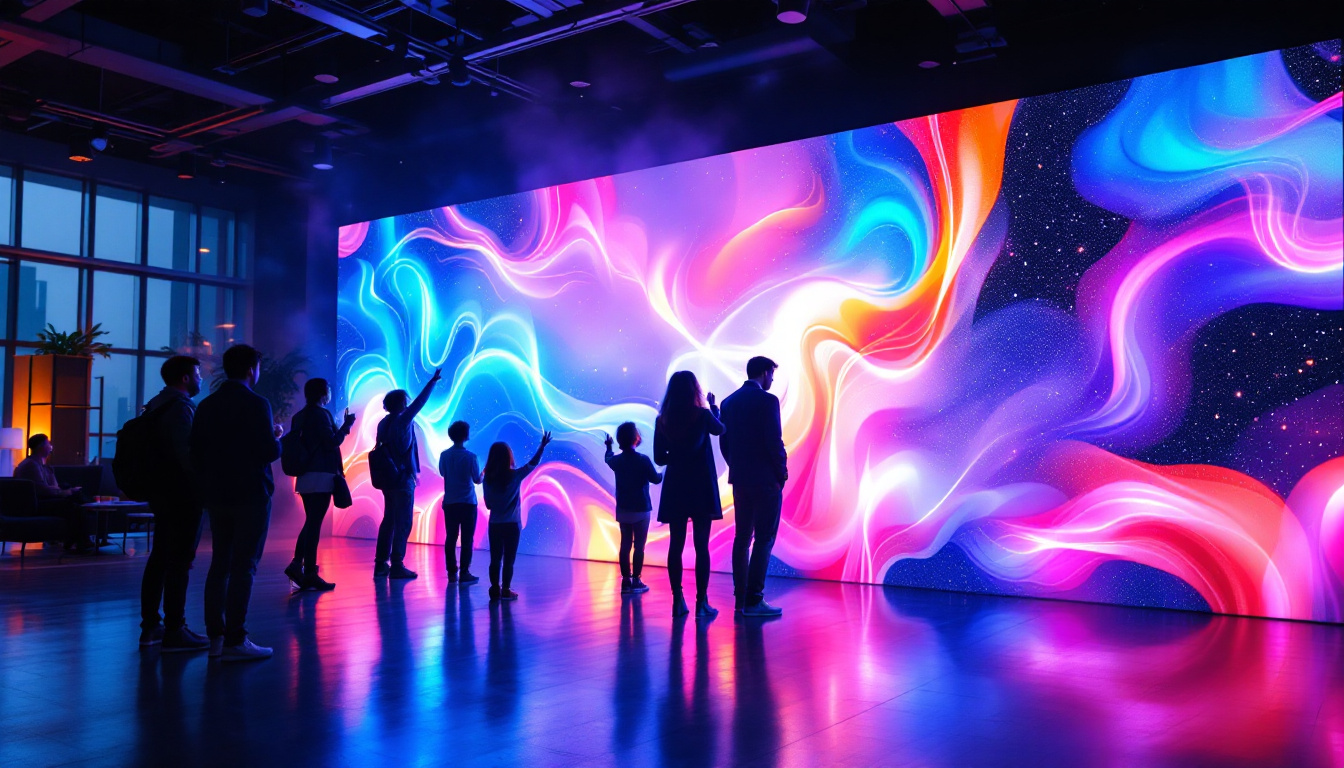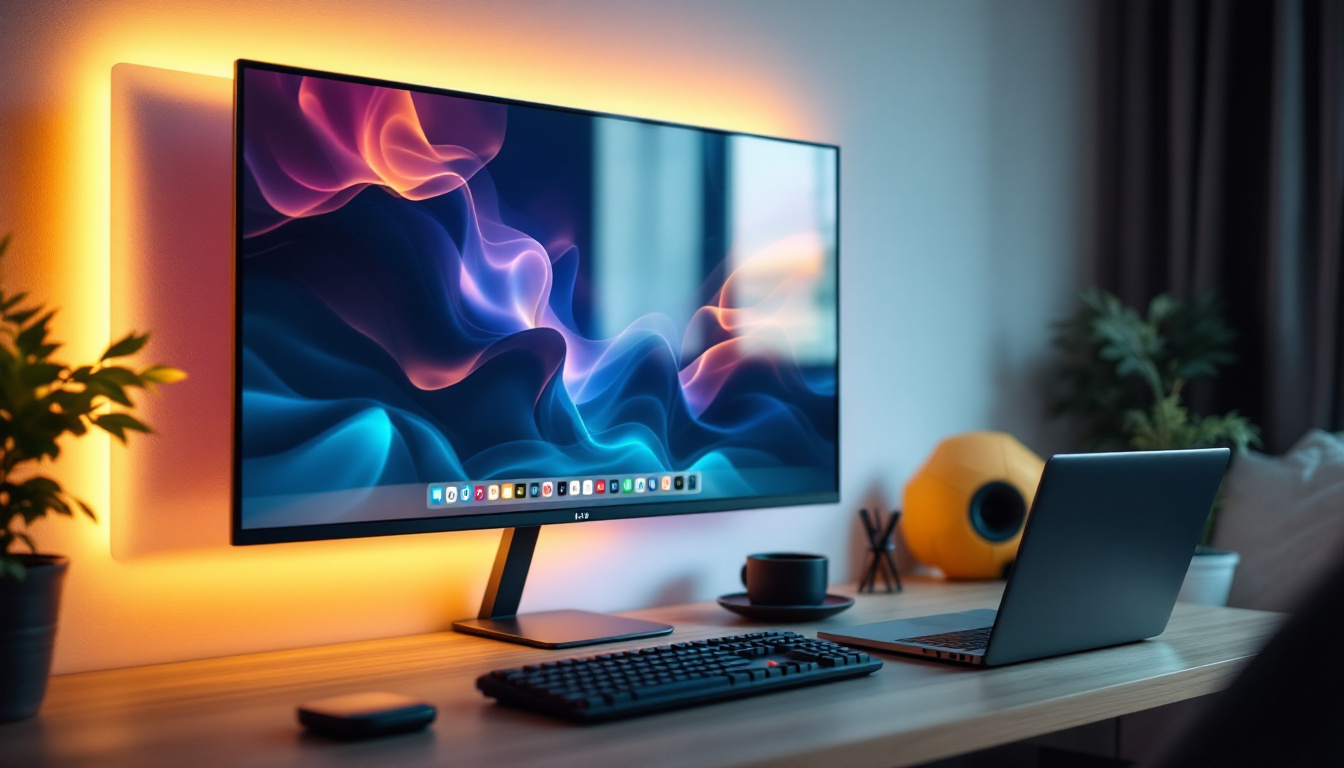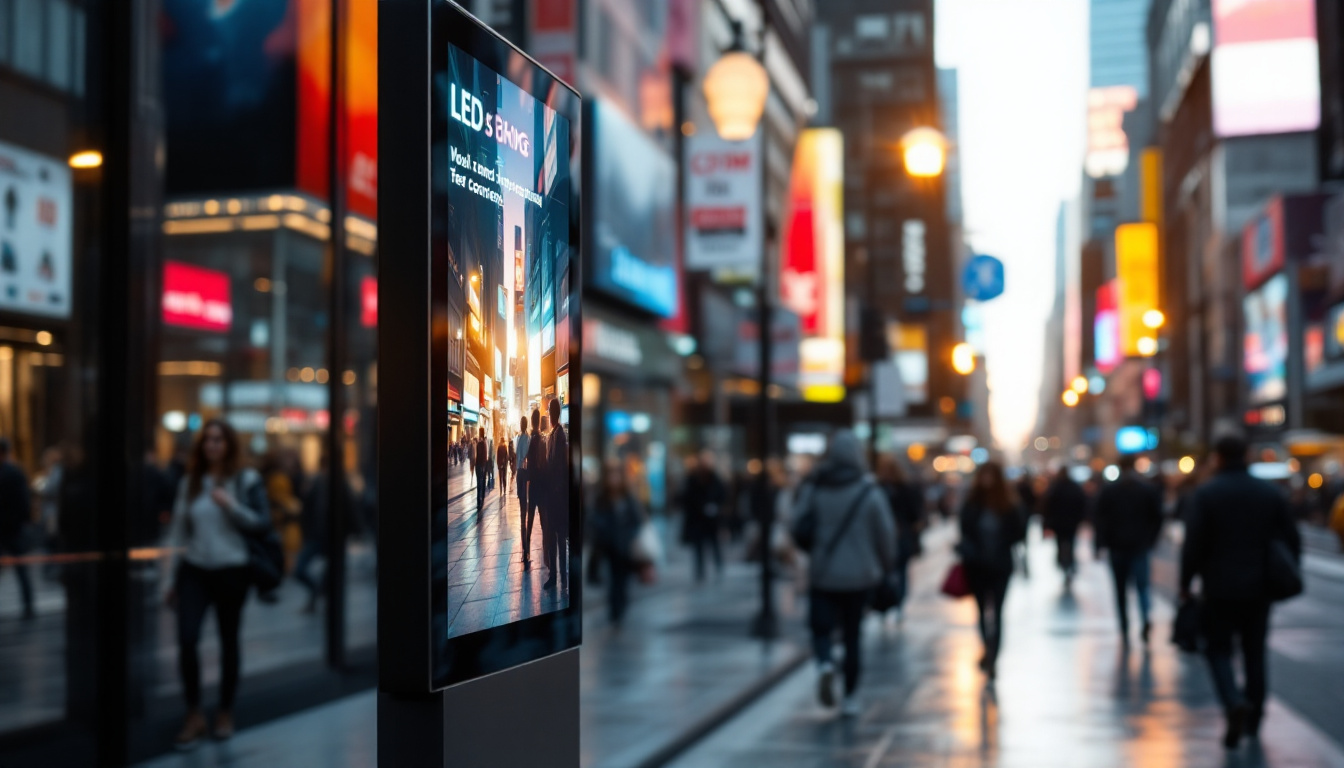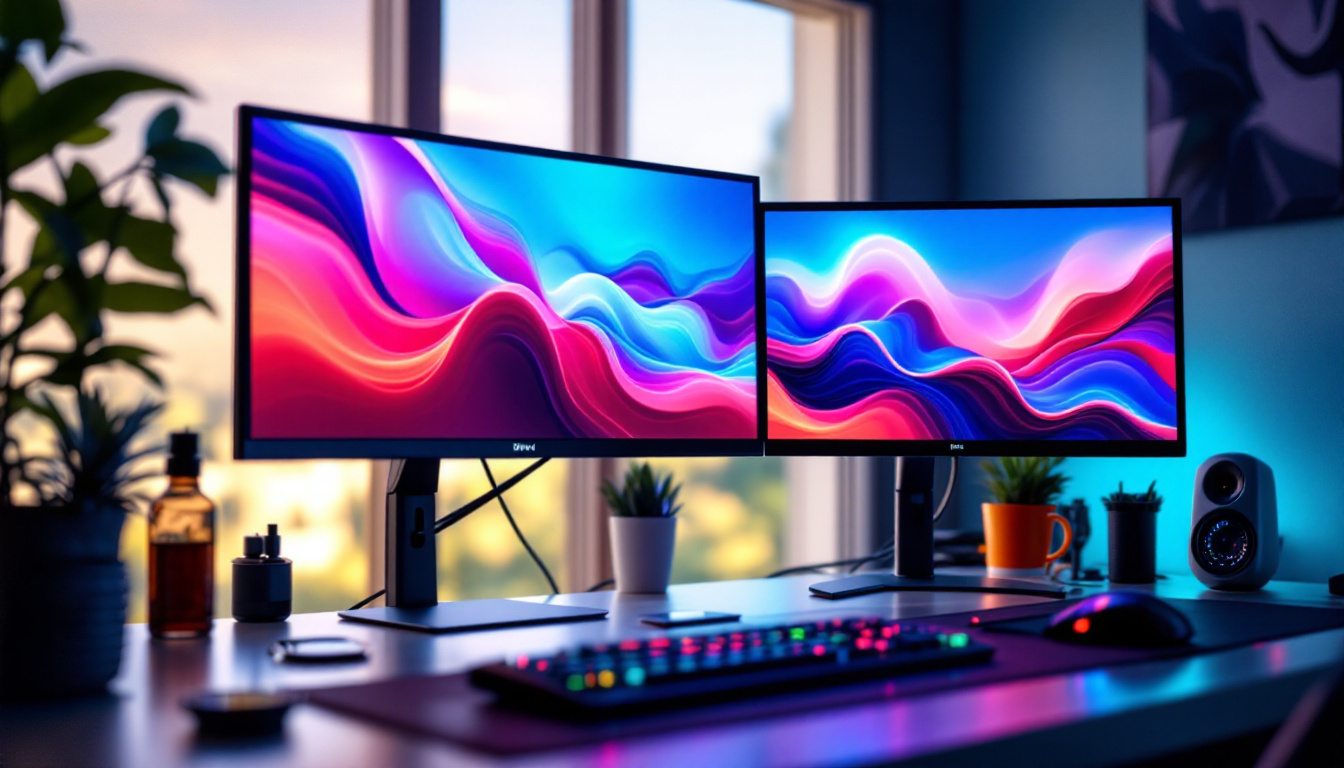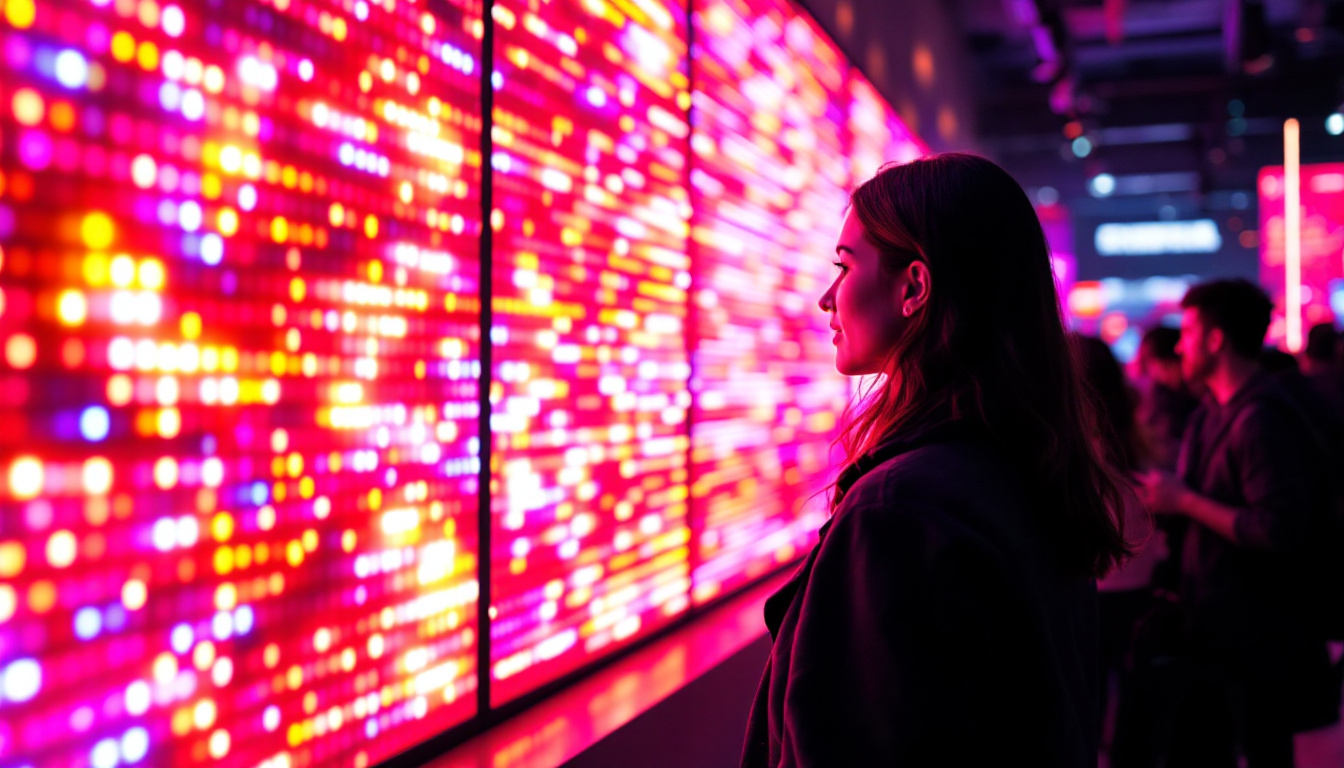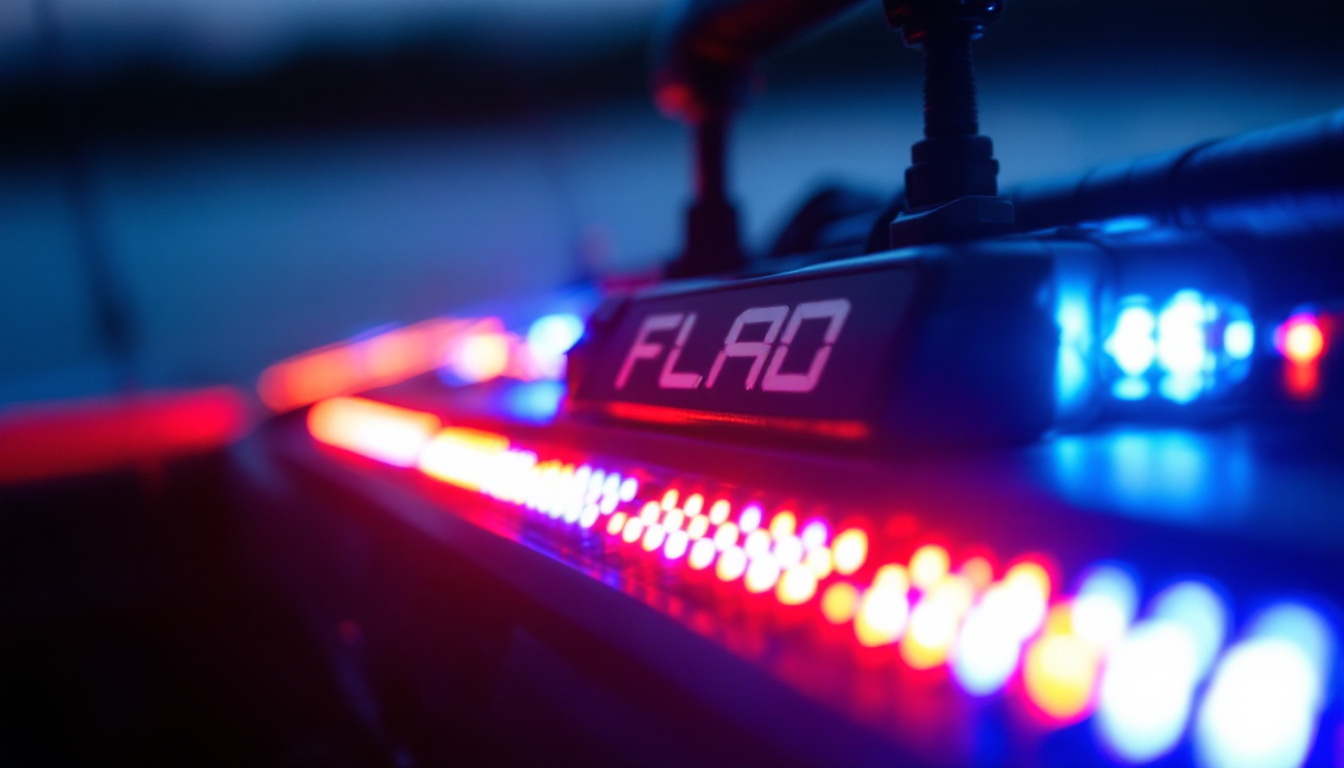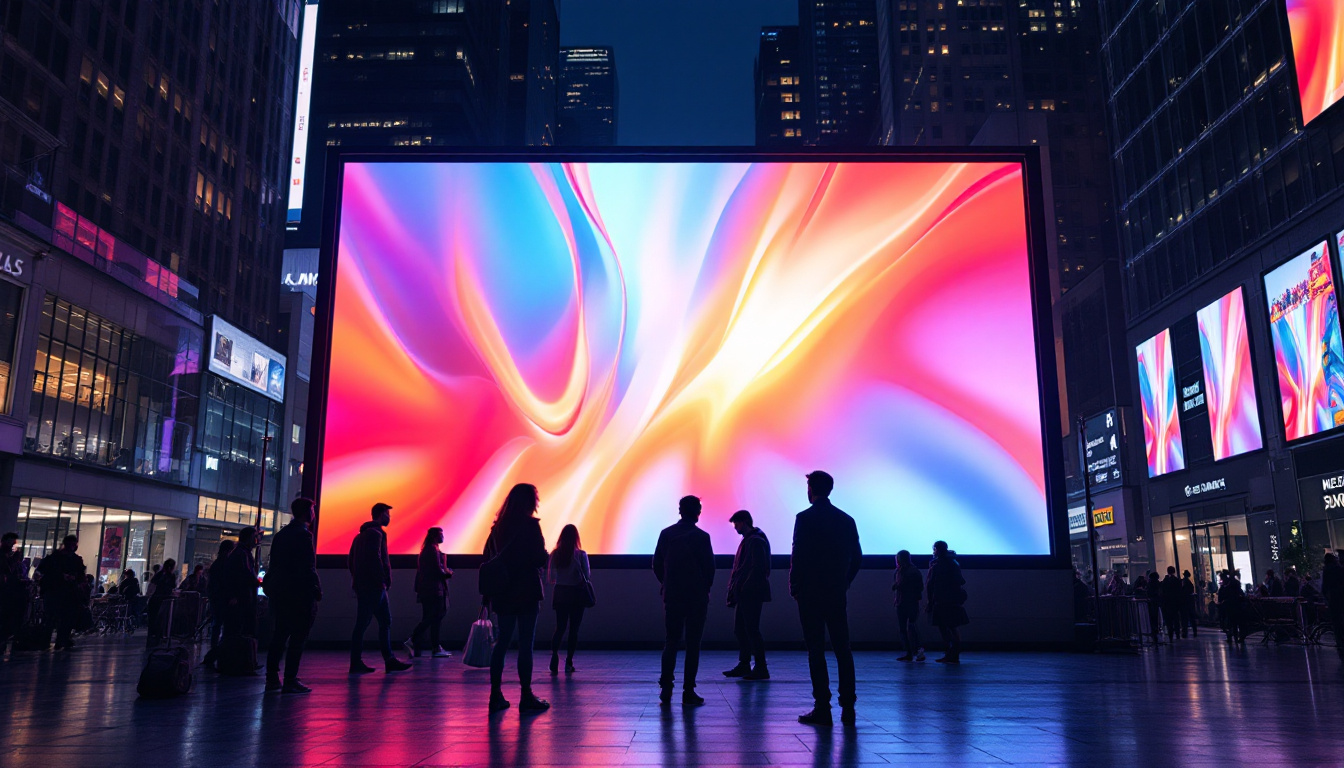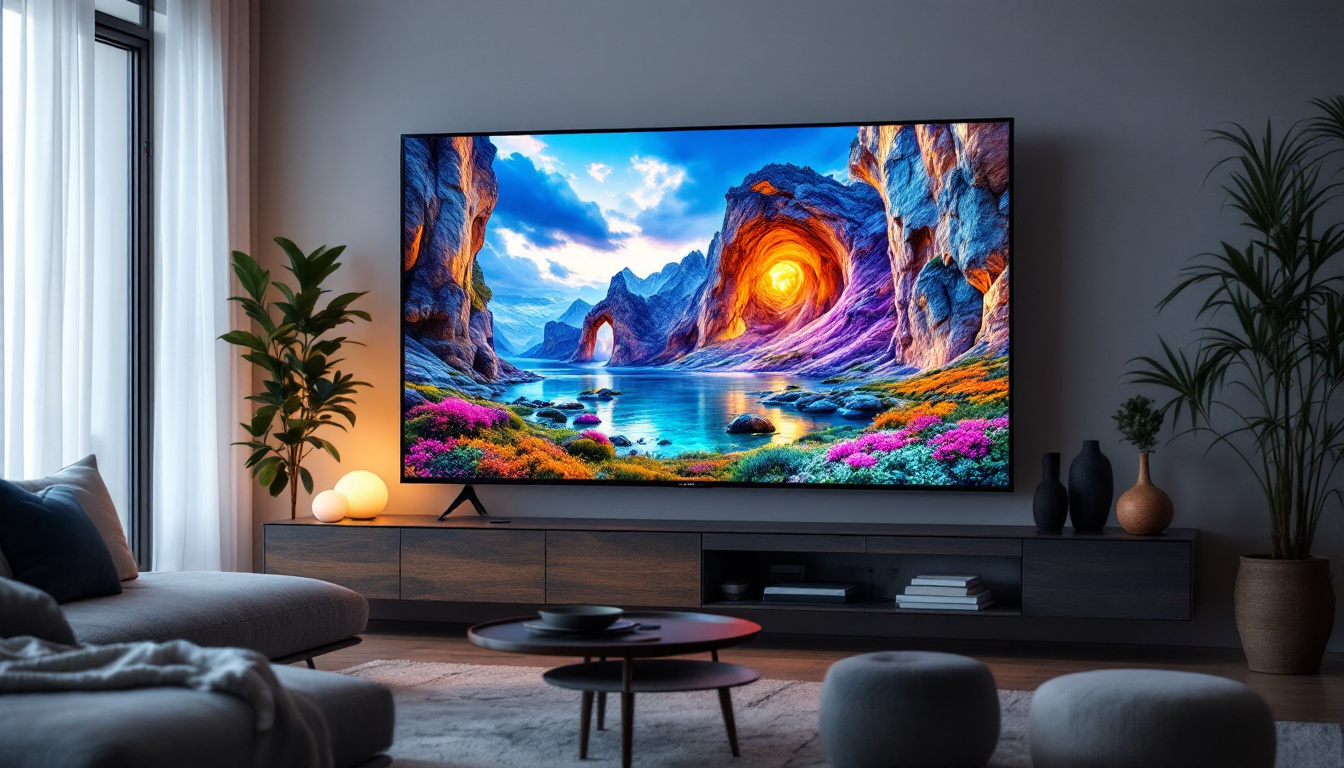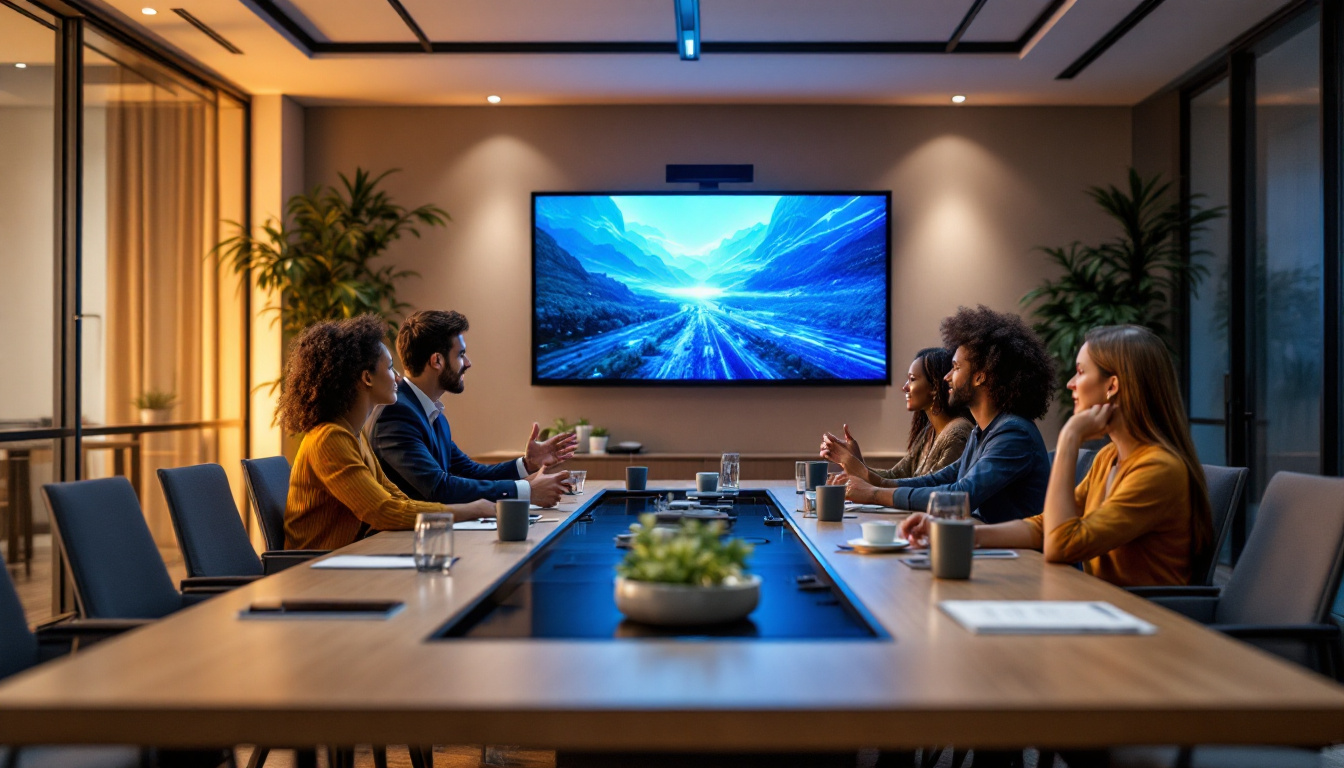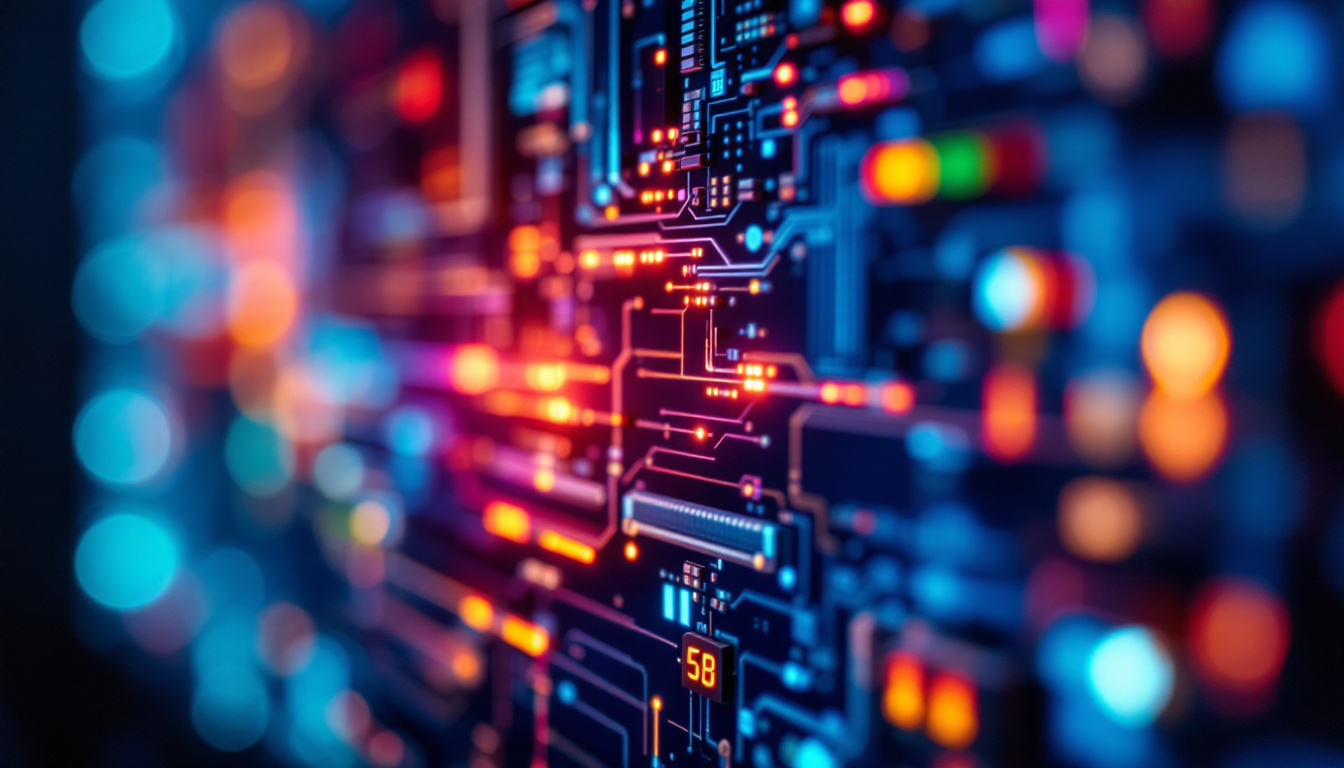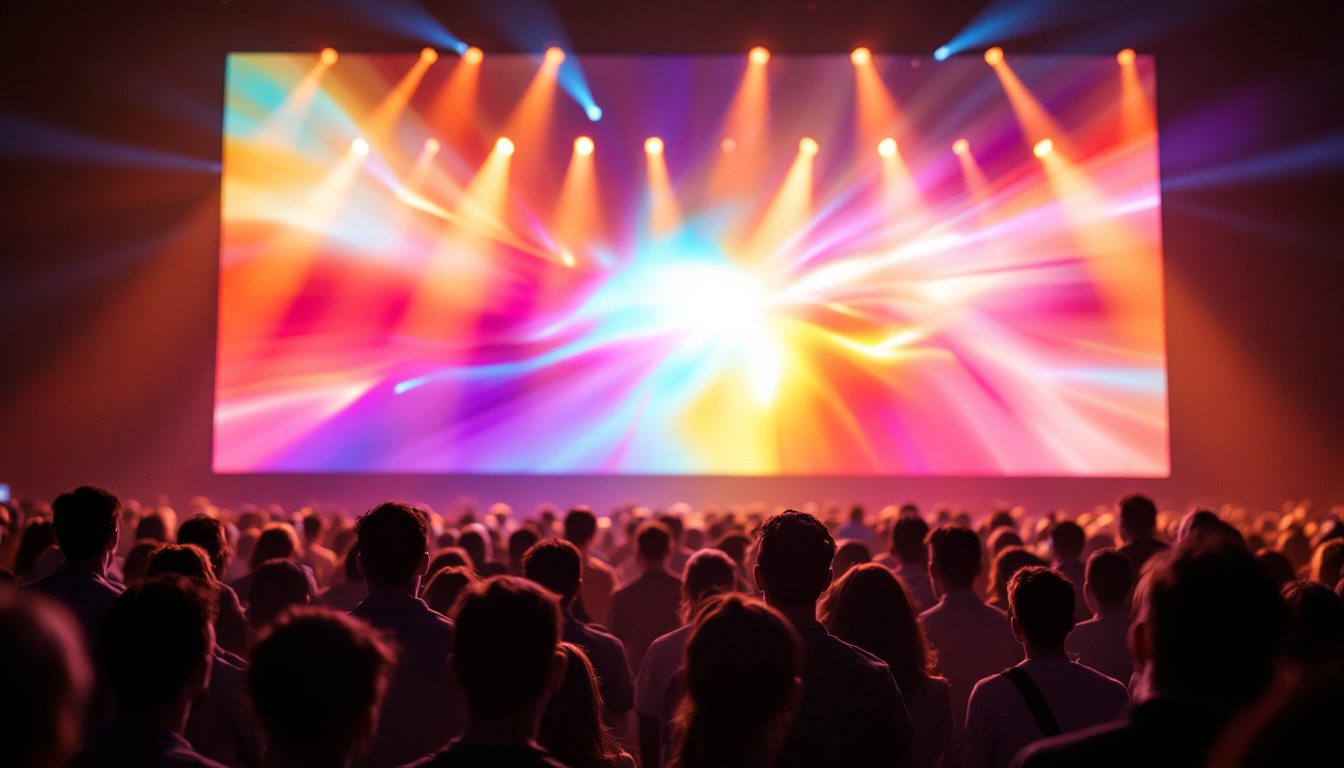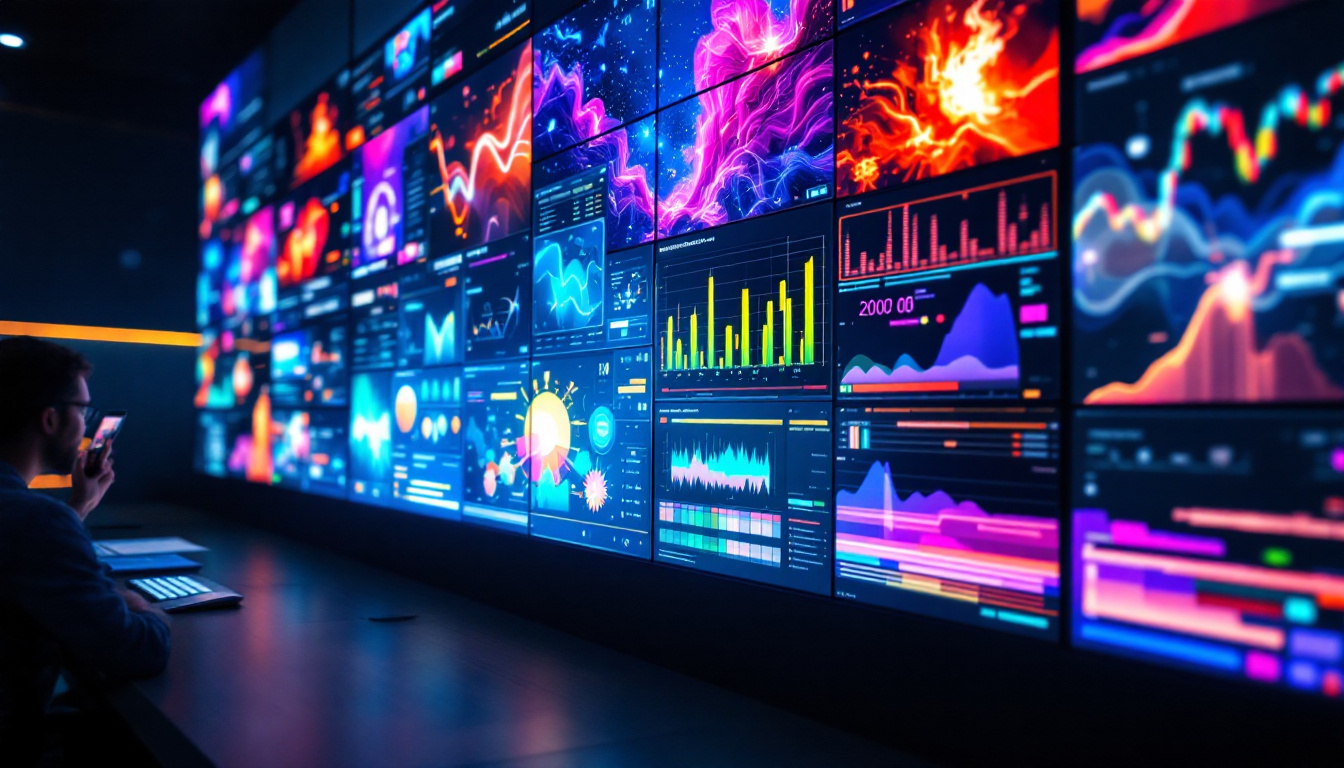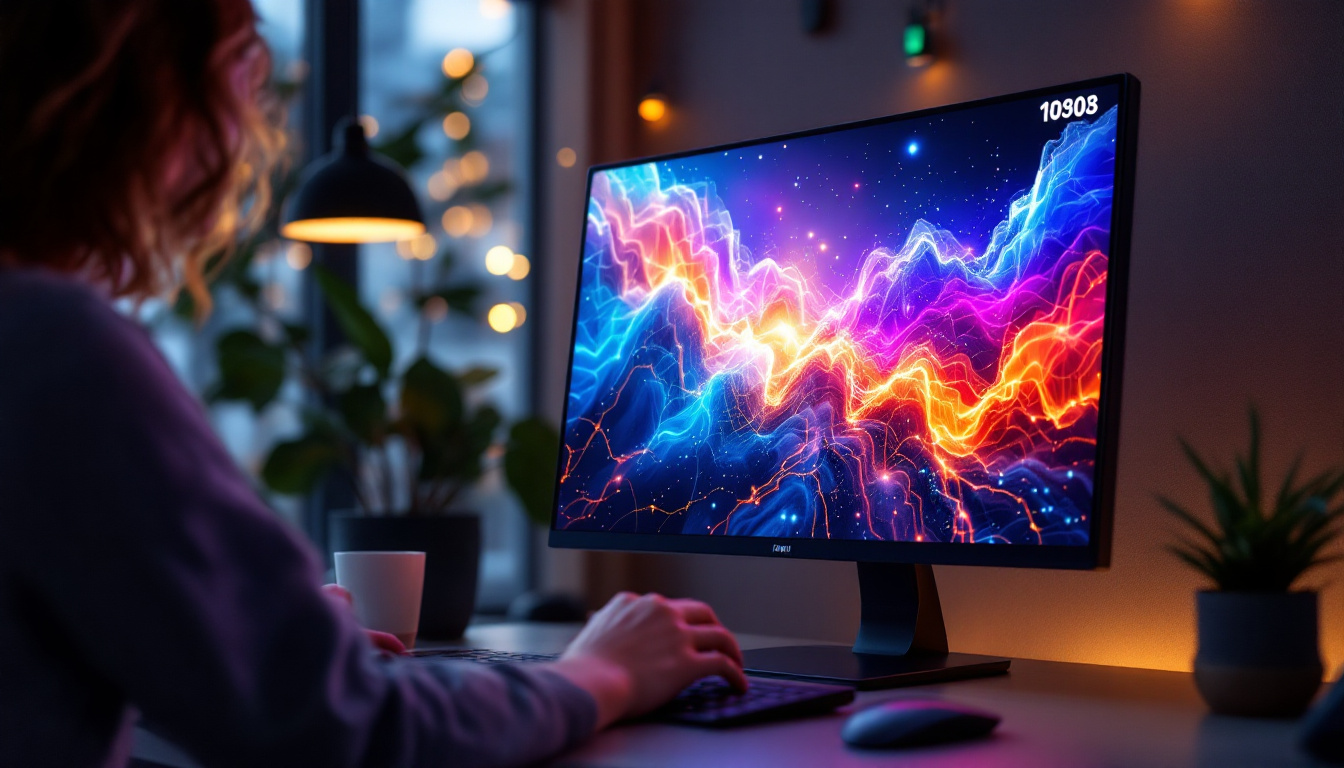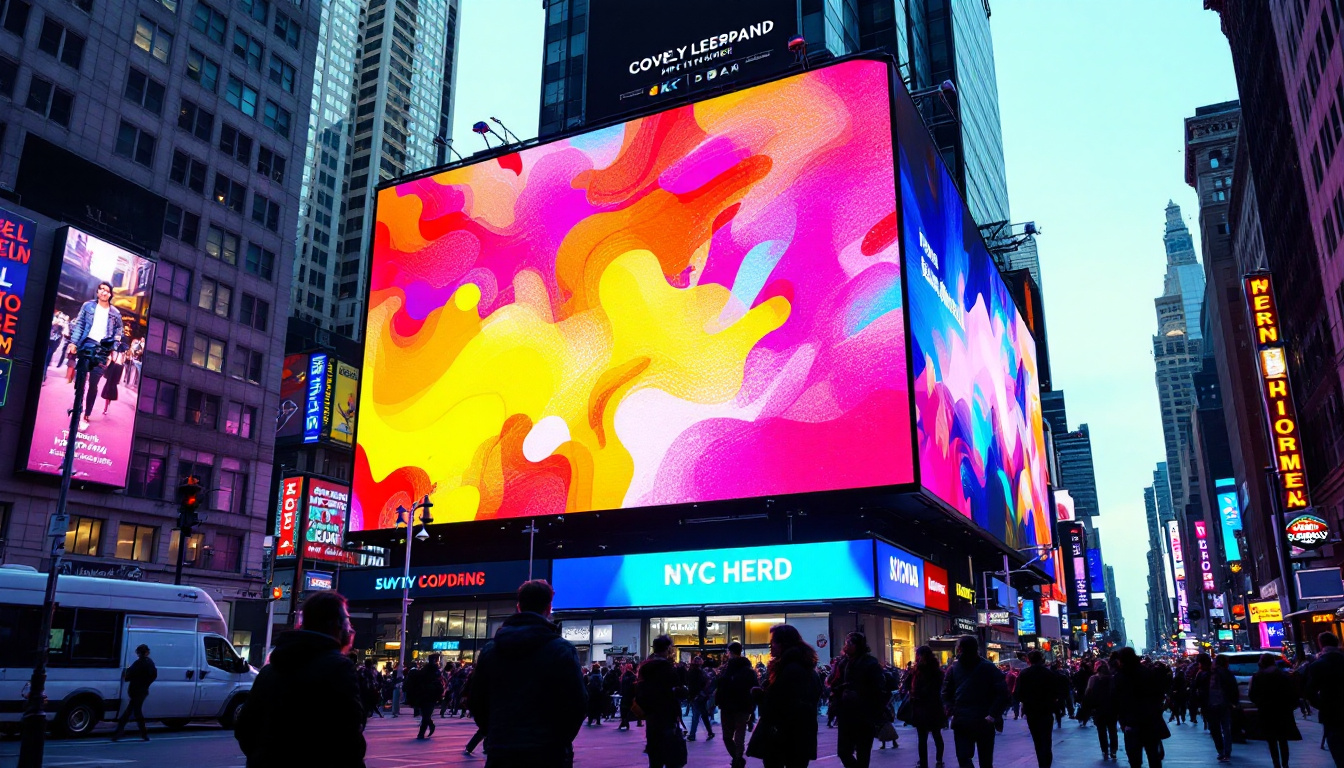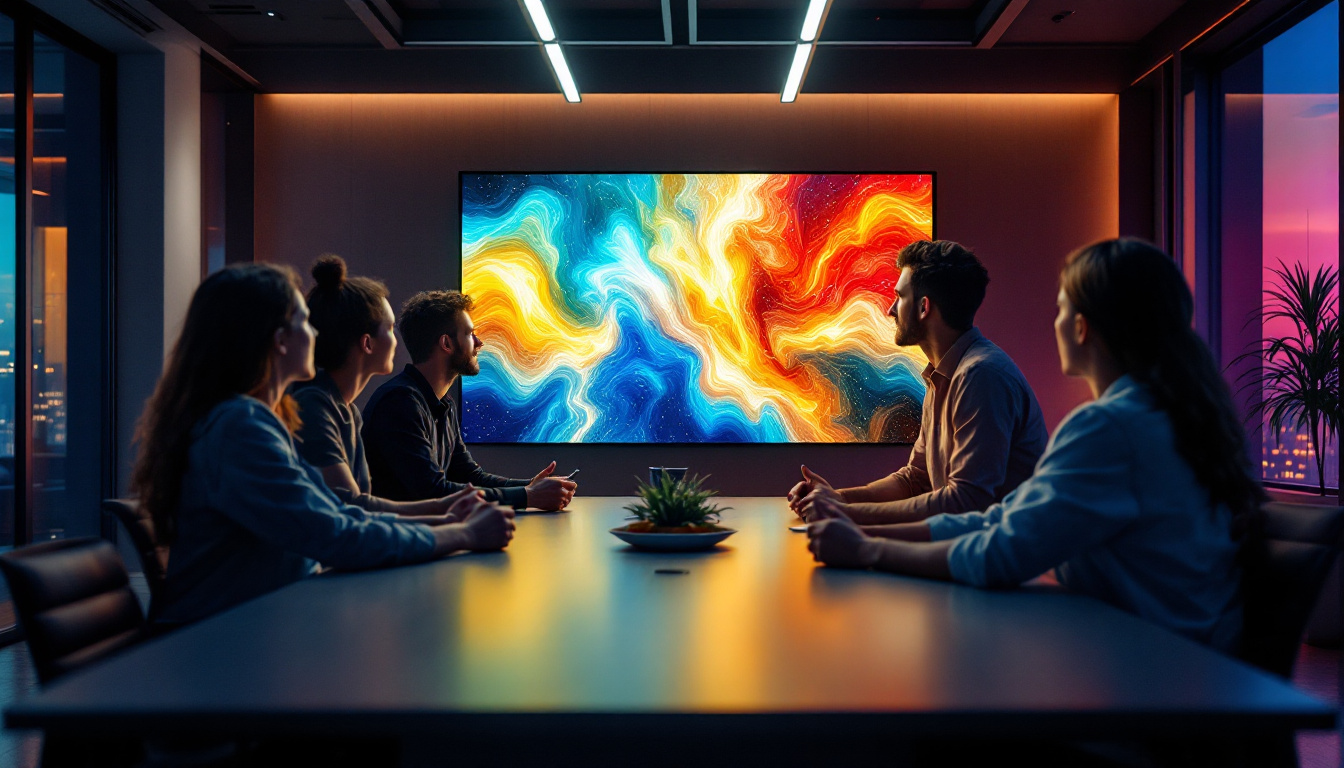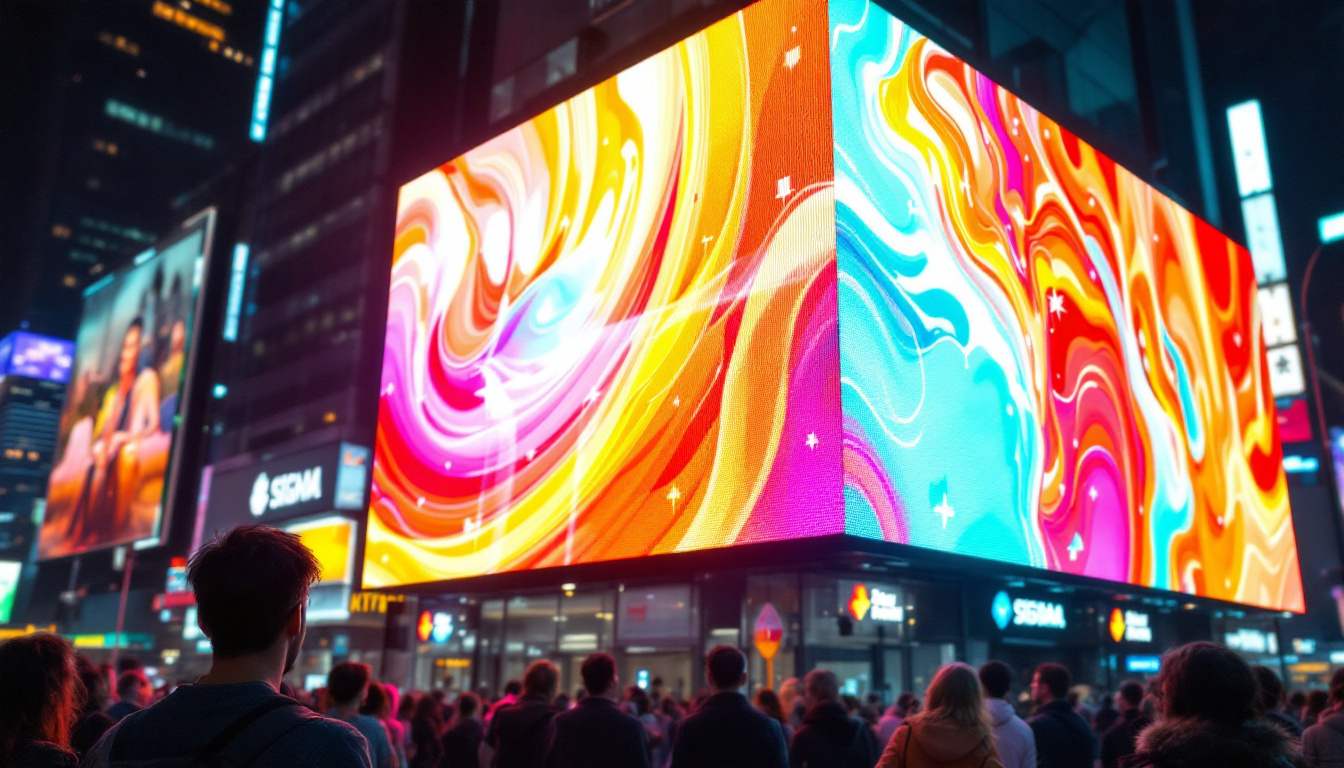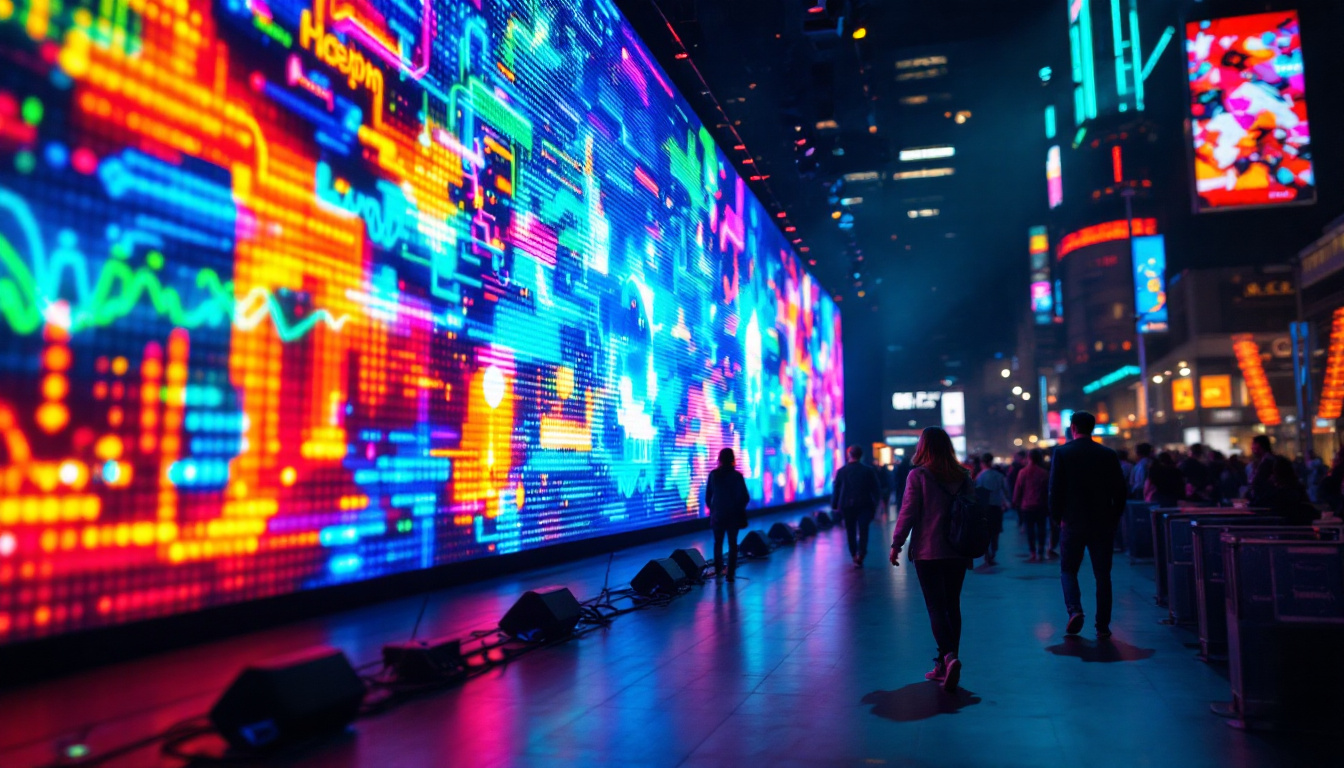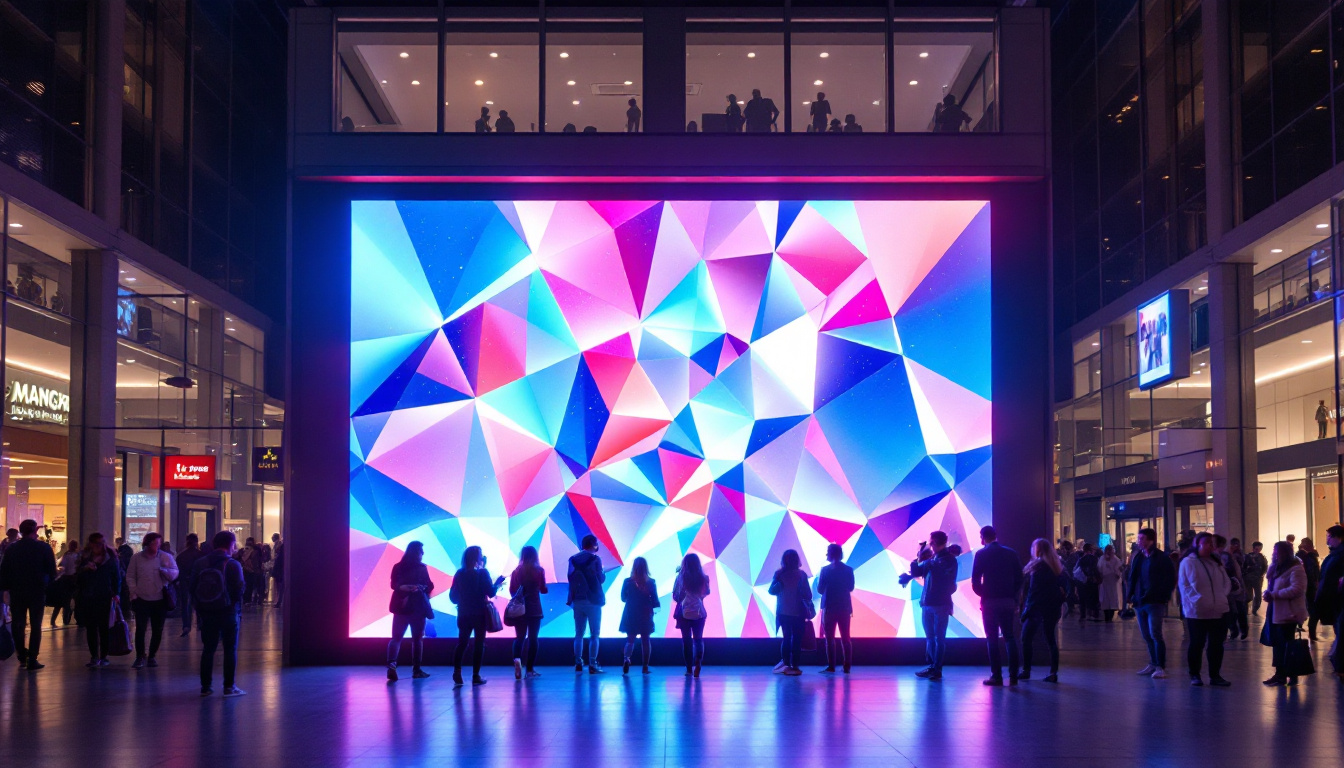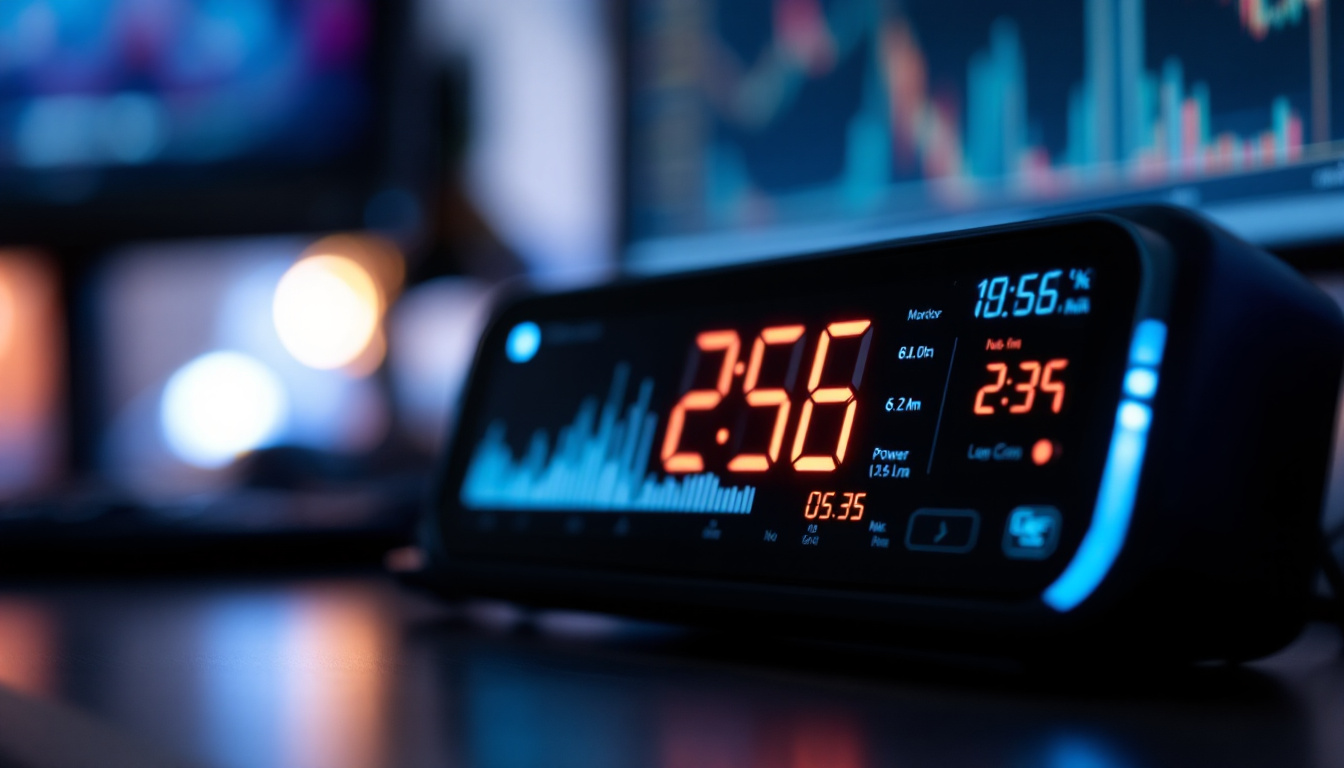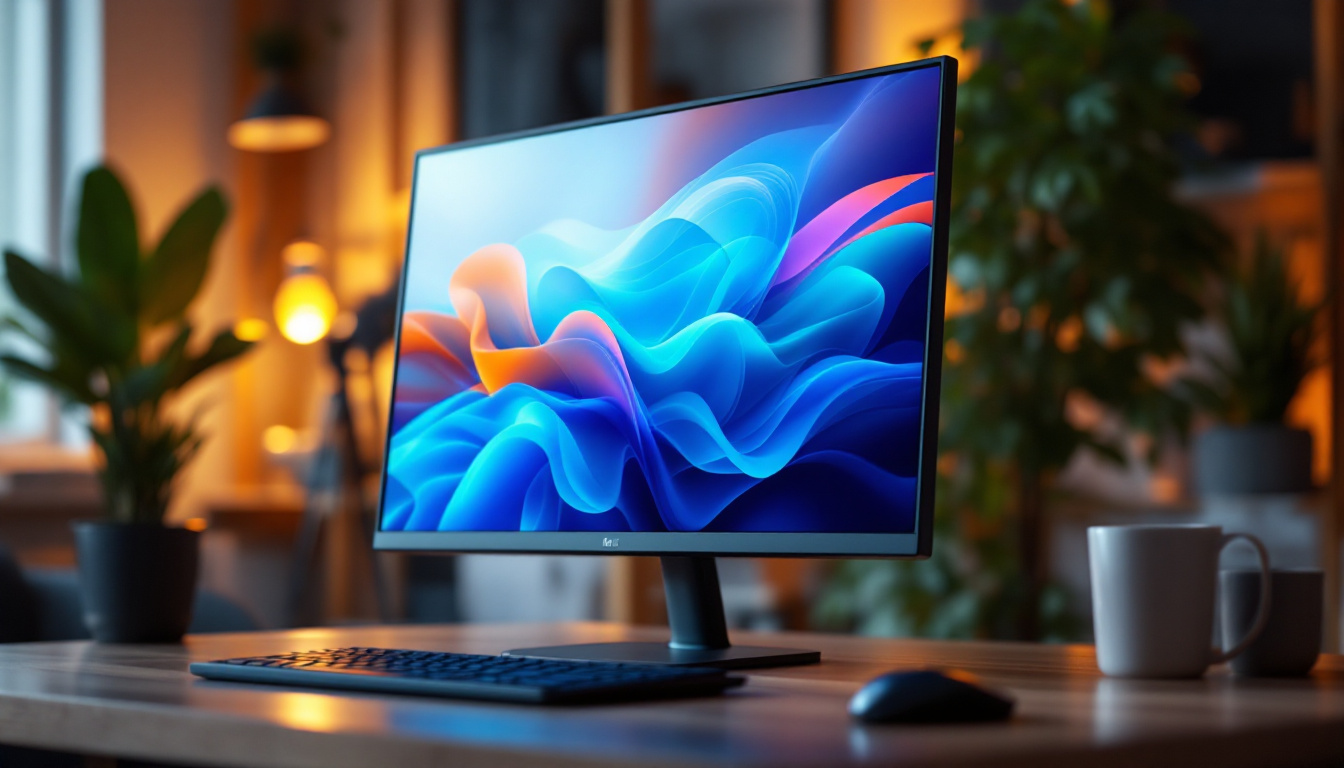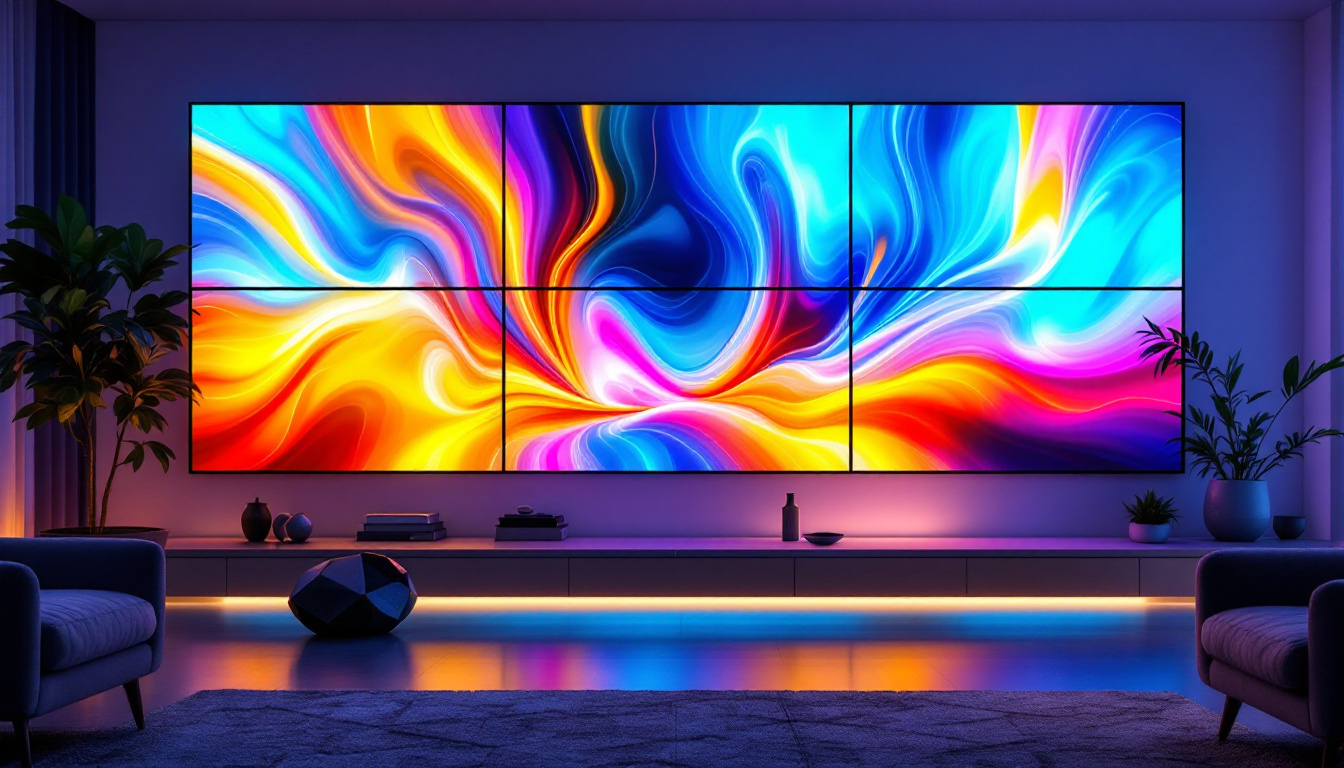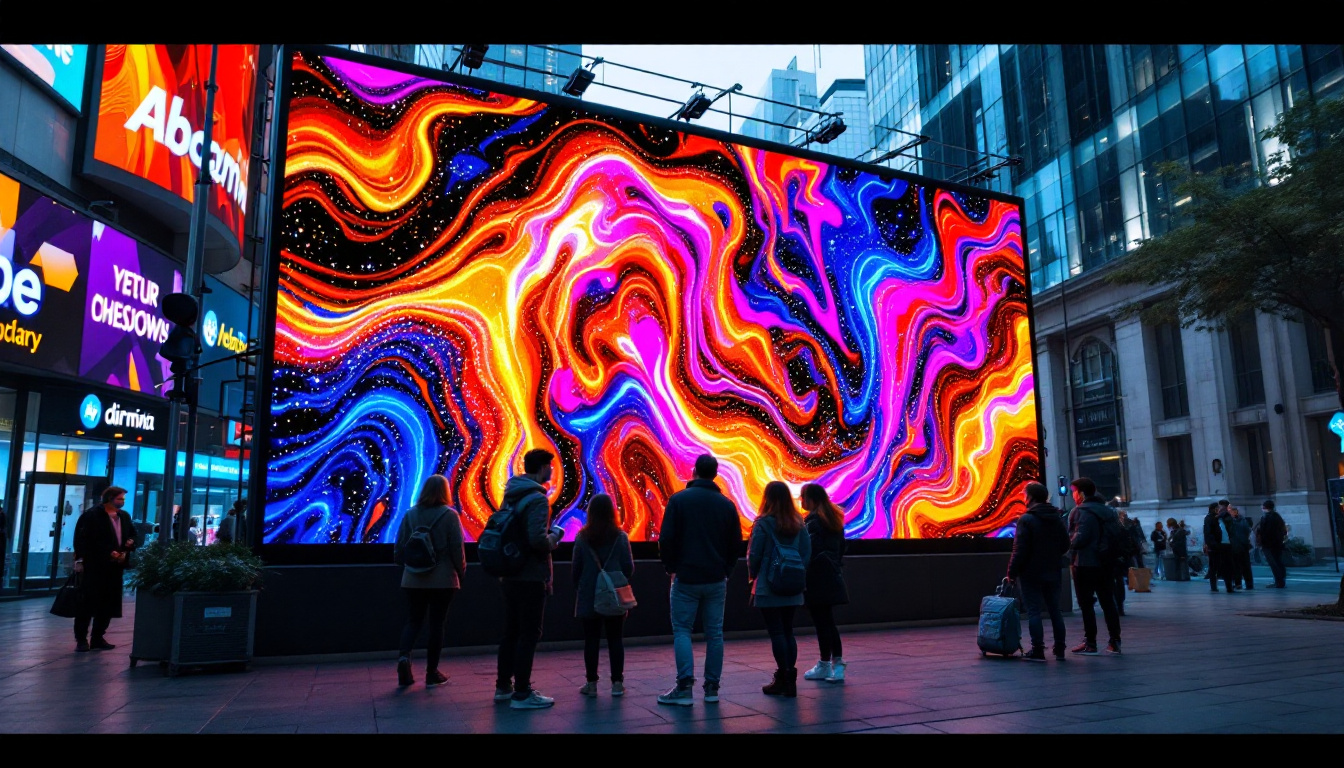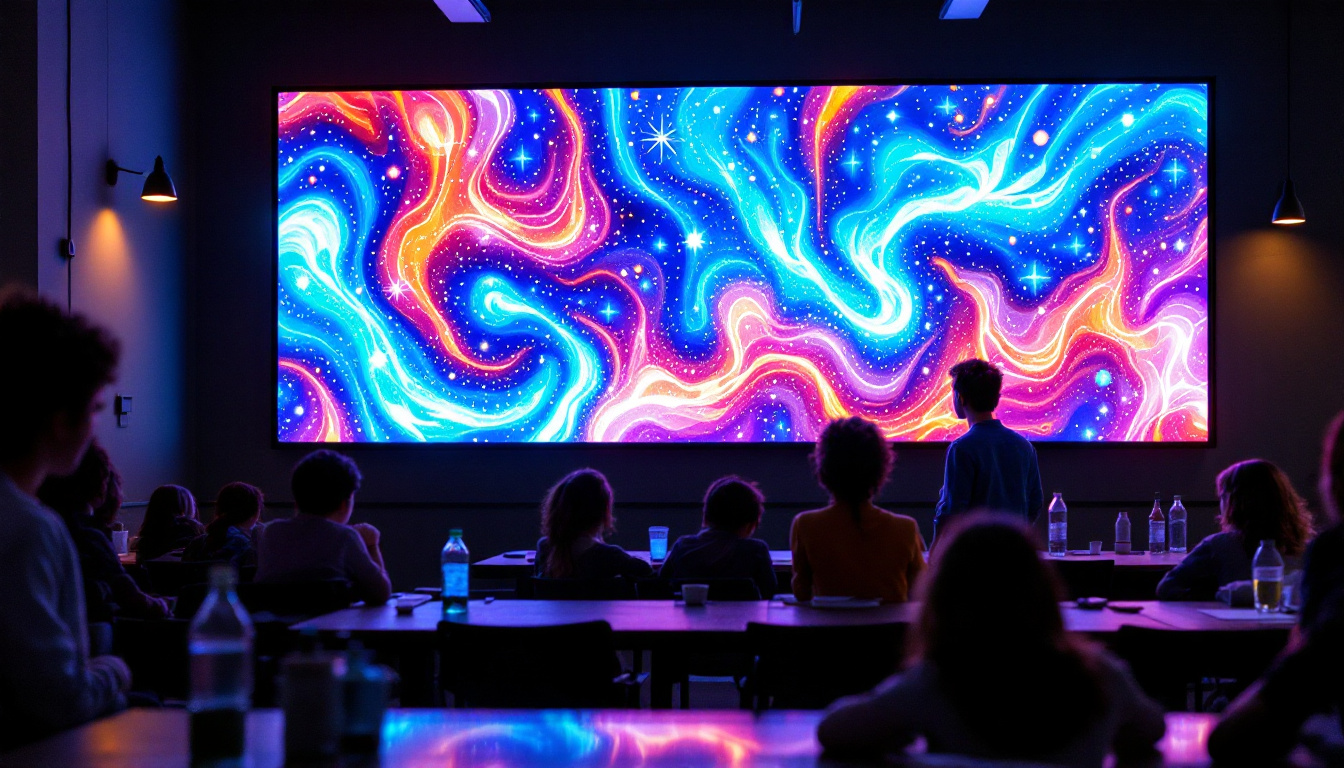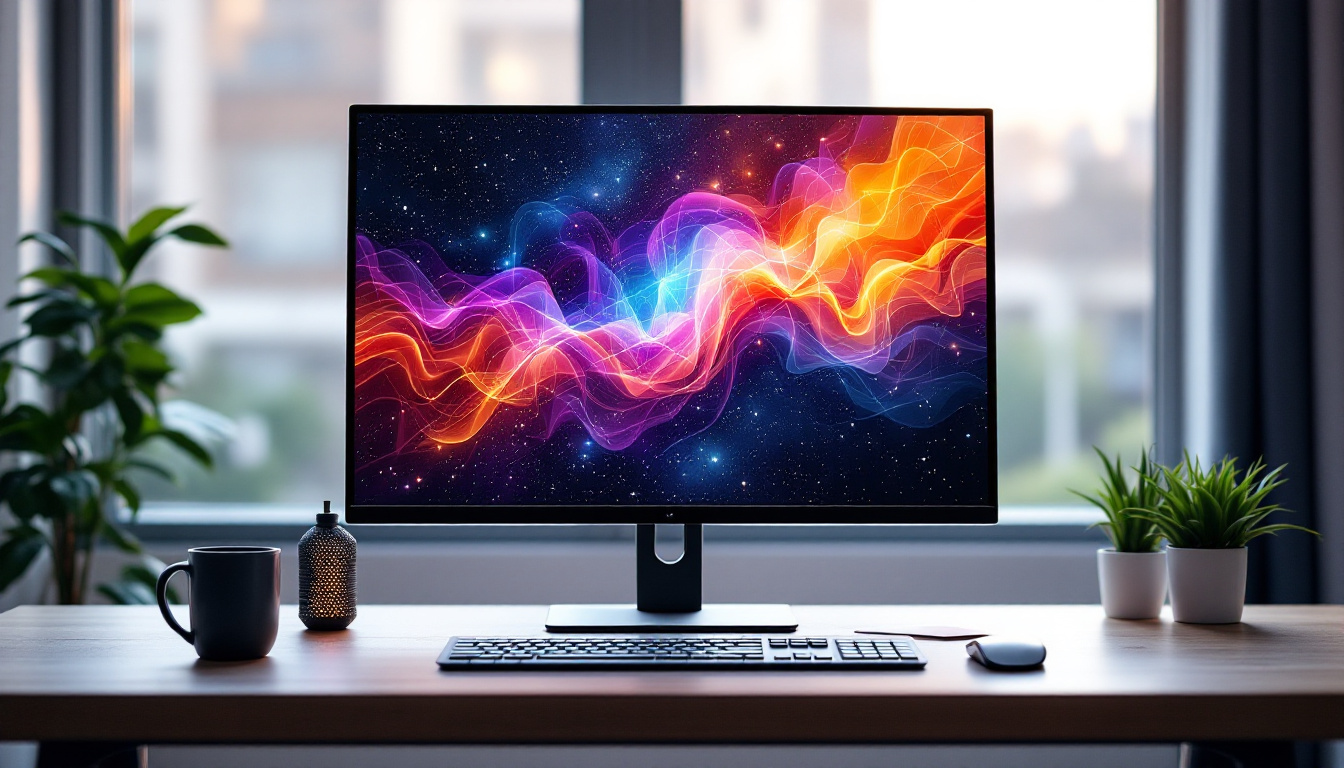In the modern age of technology, monitoring rooms have become essential hubs for various industries, including security, transportation, telecommunications, and broadcasting. One of the key components that enhance the functionality and efficiency of these rooms is the LED display. This article delves into the intricacies of LED displays used in monitoring rooms, exploring their benefits, types, and best practices for implementation.
Understanding LED Displays
LED displays, or Light Emitting Diode displays, are electronic screens that utilize LED technology to produce images and videos. They are known for their vibrant colors, high brightness, and energy efficiency, making them ideal for use in environments where information needs to be conveyed clearly and quickly.
How LED Displays Work
At their core, LED displays consist of a matrix of tiny light-emitting diodes. Each diode can emit light in various colors, which combine to create a full spectrum of colors when viewed from a distance. The arrangement of these diodes can vary, leading to different types of LED displays, such as monochrome, RGB, and full-color displays.
The technology behind LED displays allows for rapid refresh rates, ensuring that moving images are displayed smoothly. This is particularly important in monitoring rooms where real-time data visualization is crucial. The ability to display high-resolution images and videos makes LED displays a preferred choice for many applications.
Advantages of LED Displays in Monitoring Rooms
LED displays offer numerous advantages that make them suitable for monitoring rooms. Their high brightness ensures visibility in various lighting conditions, while their energy efficiency reduces operational costs. Additionally, LED displays have a long lifespan, making them a cost-effective investment for organizations.
Moreover, the flexibility of LED displays allows for various configurations and sizes, enabling organizations to tailor their monitoring setups to their specific needs. Whether it’s a large video wall or smaller individual screens, LED technology can adapt to any environment.
Another significant advantage of LED displays is their ability to provide exceptional viewing angles. Unlike traditional LCD screens, which can suffer from color distortion and reduced brightness when viewed from the side, LED displays maintain their clarity and vibrancy from a wide range of angles. This feature is particularly beneficial in monitoring rooms where multiple personnel may need to view the same information simultaneously from different positions. Furthermore, the durability of LED displays makes them resistant to shock and vibration, ensuring reliable performance even in high-stakes environments.
In addition to their practical benefits, LED displays also support advanced features such as touch interactivity and integration with various data sources. This capability allows operators to engage with the displayed content actively, making it easier to analyze and respond to real-time data. For instance, in security monitoring, operators can zoom in on specific areas of interest or switch between different data feeds seamlessly. This level of interactivity not only enhances operational efficiency but also improves decision-making processes in critical situations.
Types of LED Displays
There are several types of LED displays available, each designed for different applications and environments. Understanding these types is essential for selecting the right display for a monitoring room.
Indoor vs. Outdoor LED Displays
Indoor LED displays are designed for use in controlled environments, such as monitoring rooms, conference halls, and retail spaces. They typically have a higher pixel density, which allows for clearer images and text at closer viewing distances. Indoor displays are generally less robust than outdoor displays but are optimized for color accuracy and brightness. The technology behind indoor displays often includes advanced features like high refresh rates and wide color gamuts, ensuring that the visuals are not only sharp but also vibrant and true to life.
On the other hand, outdoor LED displays are built to withstand harsh weather conditions. They are usually larger and have lower pixel densities, as they are viewed from greater distances. These displays are designed to be highly visible in direct sunlight and are often used for advertising, public announcements, and event broadcasting. Outdoor displays often come with protective coatings to shield against UV rays, moisture, and dust, ensuring that they maintain their functionality and appearance over time. Additionally, many outdoor models incorporate advanced cooling systems to prevent overheating during prolonged exposure to high temperatures.
Fixed vs. Rental LED Displays
Fixed LED displays are permanently installed and are ideal for locations where a consistent display is required, such as in monitoring rooms or control centers. These displays are built for longevity and are often integrated into the architecture of the space. Fixed displays can be customized to fit specific dimensions and can include features like multi-screen setups for a more immersive viewing experience. They often support various input sources, allowing for seamless integration with existing technology systems.
Rental LED displays, however, are designed for temporary use. They are often used for events, exhibitions, and concerts. Rental displays are easy to assemble and disassemble, making them versatile for various applications. They may not have the same durability as fixed displays, but they offer flexibility for organizations that require temporary solutions. Rental displays are also typically modular, allowing for different configurations and sizes to suit the specific needs of an event. This adaptability makes them a popular choice for companies looking to create dynamic visual experiences without the commitment of a permanent installation. Furthermore, many rental services provide technical support and maintenance during events, ensuring that everything runs smoothly and effectively.
Implementing LED Displays in Monitoring Rooms
When integrating LED displays into a monitoring room, several factors must be considered to ensure optimal performance and functionality. From layout to technology selection, a well-thought-out implementation strategy is crucial.
Layout and Design Considerations
The layout of a monitoring room plays a significant role in the effectiveness of LED displays. Displays should be positioned to ensure that all personnel can view the information clearly without obstruction. The size and resolution of the displays should also be chosen based on the room’s dimensions and the distance from which they will be viewed.
Additionally, the design of the monitoring room should facilitate collaboration and communication among team members. This may involve integrating multiple displays to showcase different data streams or creating a central video wall that serves as the focal point of the room.
Choosing the Right Technology
Selecting the right LED display technology is essential for achieving the desired outcome. Factors such as pixel pitch, brightness, and color accuracy should be evaluated based on the specific needs of the monitoring room. A lower pixel pitch generally results in higher resolution, making it suitable for applications where detailed information is displayed.
Brightness levels are also crucial, especially in environments with varying lighting conditions. Displays with adjustable brightness settings can help maintain visibility and reduce eye strain for operators working long hours. Furthermore, color accuracy is vital for applications that require precise data representation.
Best Practices for LED Display Maintenance
To ensure the longevity and optimal performance of LED displays in monitoring rooms, regular maintenance practices should be implemented. Proper care not only extends the lifespan of the displays but also ensures that the information presented remains clear and accurate.
Regular Cleaning and Inspection
Dust and debris can accumulate on LED displays, affecting their brightness and clarity. Regular cleaning using appropriate materials is essential to maintain optimal viewing conditions. It is advisable to follow manufacturer guidelines for cleaning to avoid damaging the display.
In addition to cleaning, routine inspections should be conducted to identify any potential issues before they escalate. This includes checking for dead pixels, ensuring connections are secure, and verifying that the display is functioning correctly.
Software Updates and Calibration
Keeping the display software up to date is crucial for maintaining performance and security. Regular updates can introduce new features, improve functionality, and address any bugs that may arise. Calibration is also essential to ensure color accuracy and consistency across the display.
Calibration should be performed periodically, especially if the display is used for critical applications where precise color representation is necessary. This process ensures that the display maintains its intended performance over time.
Future Trends in LED Display Technology
The field of LED display technology is continually evolving, with new advancements emerging regularly. Staying informed about these trends can help organizations make informed decisions when upgrading or implementing new displays in their monitoring rooms.
Advancements in Resolution and Size
As technology progresses, LED displays are becoming increasingly high-resolution, allowing for more detailed images and information to be presented. Smaller pixel pitches are now available, enabling displays to be viewed at closer distances without sacrificing image quality.
Additionally, the size of LED displays is expanding, with larger video walls becoming more common in monitoring rooms. This trend allows for more information to be displayed simultaneously, enhancing situational awareness for operators.
Integration with Smart Technologies
Another significant trend is the integration of LED displays with smart technologies. This includes the use of artificial intelligence and machine learning to analyze data and present it in real-time. Such advancements can enhance decision-making processes and improve operational efficiency in monitoring rooms.
Furthermore, the integration of IoT (Internet of Things) technology allows for seamless communication between displays and other devices, enabling a more interconnected and responsive monitoring environment.
Conclusion
LED displays are an integral part of modern monitoring rooms, providing clear and efficient means of conveying critical information. Their versatility, energy efficiency, and ability to deliver high-quality visuals make them an ideal choice for various applications. By understanding the different types of LED displays, implementing best practices for maintenance, and staying informed about future trends, organizations can maximize the benefits of their monitoring room setups.
As technology continues to advance, the role of LED displays in monitoring rooms will likely grow, further enhancing the capabilities of these essential environments. Embracing these innovations will empower organizations to respond more effectively to challenges and opportunities in their respective fields.
Explore Cutting-Edge LED Display Solutions with LumenMatrix
Ready to elevate your monitoring room with the latest in LED display technology? Look no further than LumenMatrix, a leader in innovative LED solutions. From captivating Indoor LED Wall Displays to robust Outdoor LED Wall Displays, and from dynamic Vehicle LED Displays to sleek LED Poster Displays, LumenMatrix offers a wide array of options to meet your specific needs. Our mission is to transform visual communication, providing you with digital signage and LED displays that not only enhance engagement but also leave a lasting impression. Check out LumenMatrix LED Display Solutions today and experience the power of advanced visual storytelling in your monitoring room.


